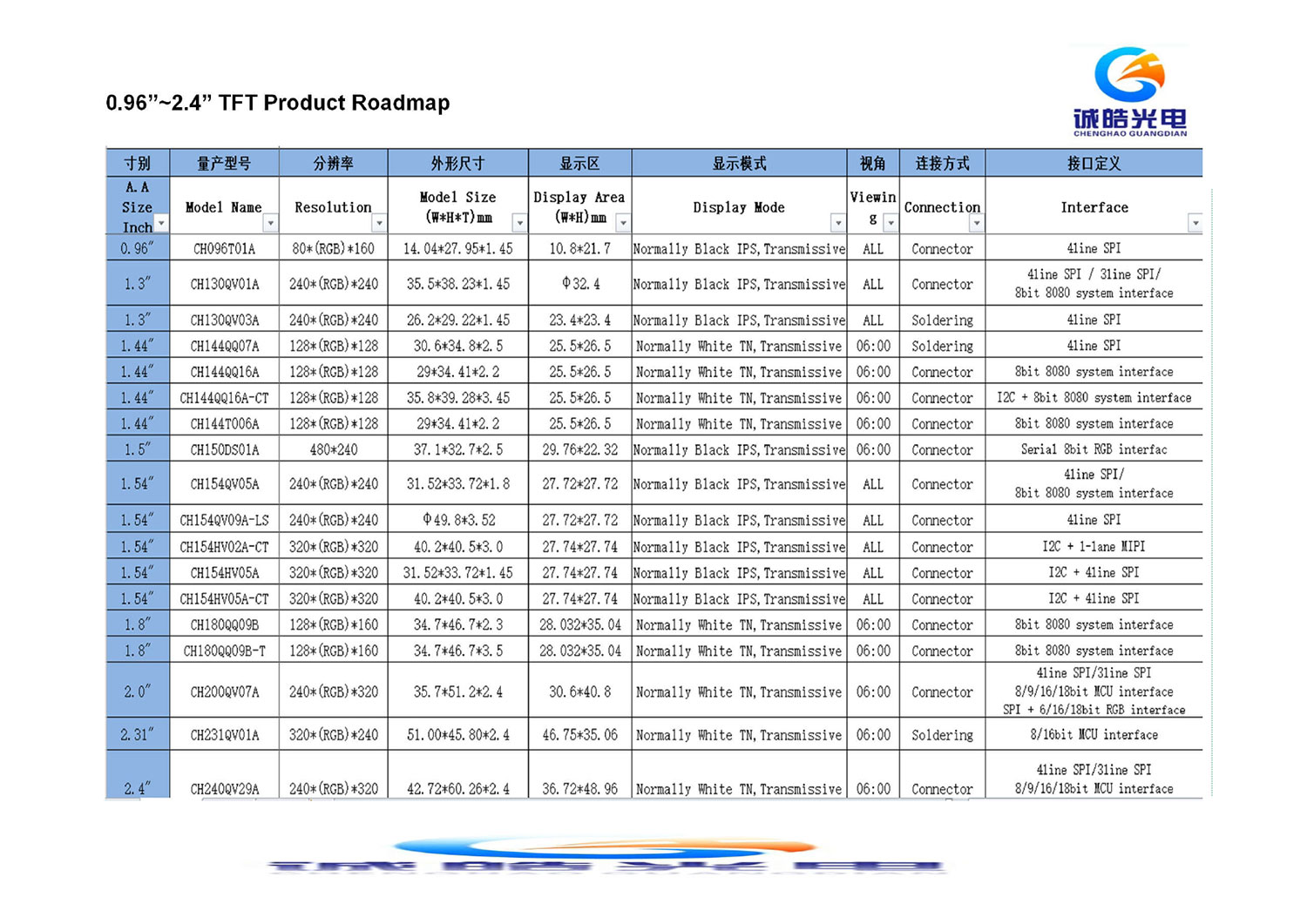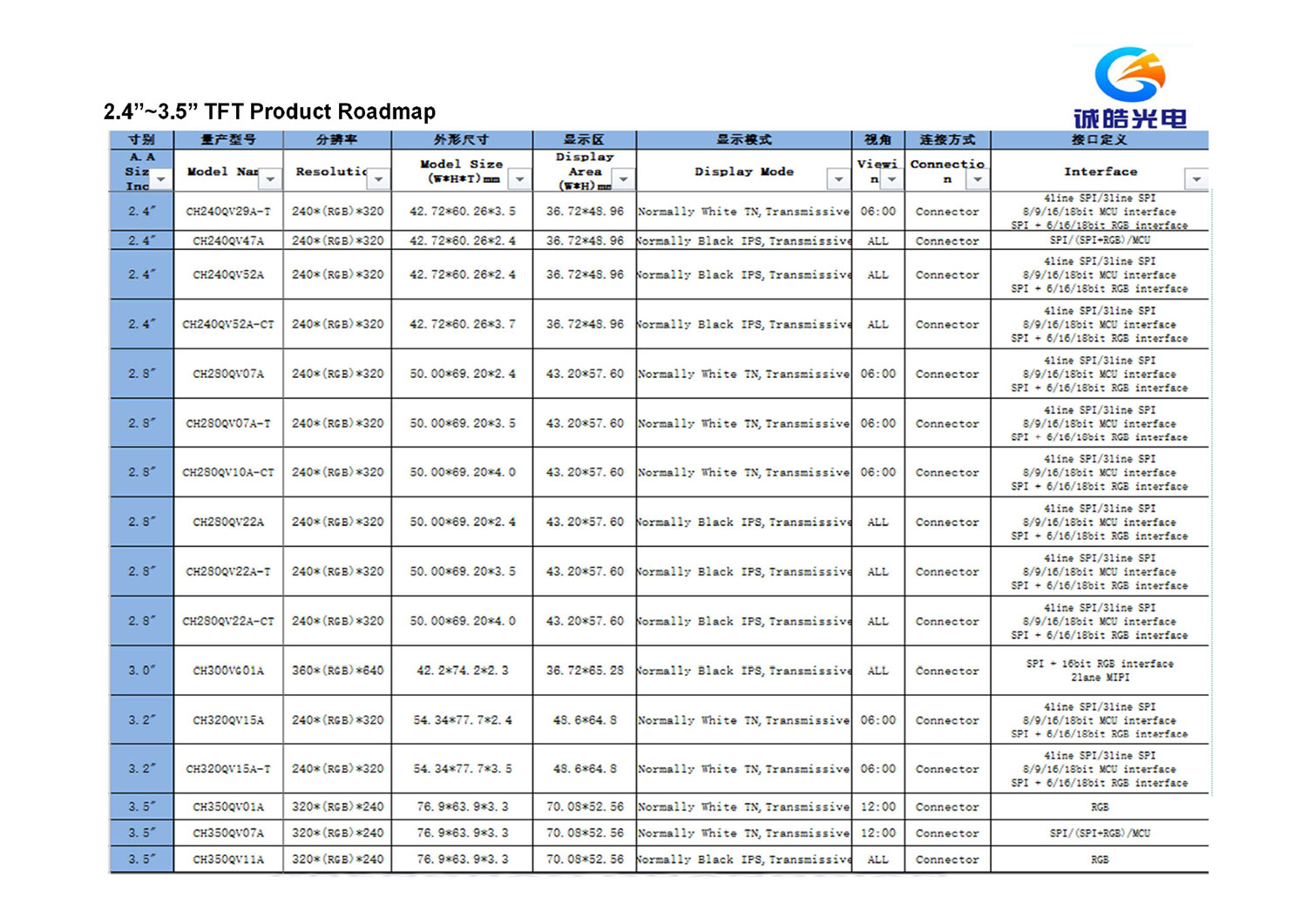20230712-The difference between OLED, TFT, AMOLED
2023-07-12
(1) OLED screen
The OLED screen is a type of display used in e-book readers to show information to the user. Unlike traditional LCD screens, OLED screens emit their own light, so they do not require a backlight and can display deep blacks. Additionally, OLED screens can display colors with greater vibrancy and accuracy than LCD screens. OLED screens are becoming more common in high-end e-book readers, and their size is also increasing. The size of an OLED screen is typically measured in pixels, which determines how many points can be displayed on the screen.

(2) Organic Thin Film Transistor
Organic Thin Film Transistor (OTFT) is a type of thin film transistor used in electronic displays, including liquid crystal displays(LCDs) and organic light-emitting diode (OLED) displays. Unlike traditional TFTs, which are made of inorganic materials, OTFTs are made of organic materials, which are more flexible and can be printed onto a variety of substrates. OTFTs offer several advantages over traditional TFTs, including lower power consumption, greater flexibility, and lower manufacturing costs. OTFTs are expected to play an increasingly important role in the development of next-generation electronic displays.
(3) AMOLED
AMOLED (Active Matrix Organic Light Emitting Diode) is a type of organic light-emitting diode (OLED) display that uses an active matrix to control the individual pixels on the screen. Each pixel in an AMOLED display contains an organic material that emits light when an electric current is applied to it. By controlling the amount of current applied to each pixel, the display can produce vivid colors and deep blacks. AMOLED displays are commonly used in high-end smartphones and other portable devices due to their high resolution, wide viewing angles, and low power consumption.

(4) Future of OLED technology
The development of OLED technology has been rapidly advancing in recent years, and it is widely expected to replace traditional LCD technology in many applications. OLED displays offer several advantages over LCD displays, including greater flexibility, lower power consumption, and the ability to display deep blacks and vivid colors. OLED displays are already being used in high-end smartphones, televisions, and other electronic devices, and their use is expected to become more widespread in the future. Additionally, new technologies such as foldable OLED displays and transparent OLED displays are being developed, which could open up new possibilities for electronic device design. As OLED technology continues to advance, it is likely to play an increasingly important role in the electronics industry.






























































